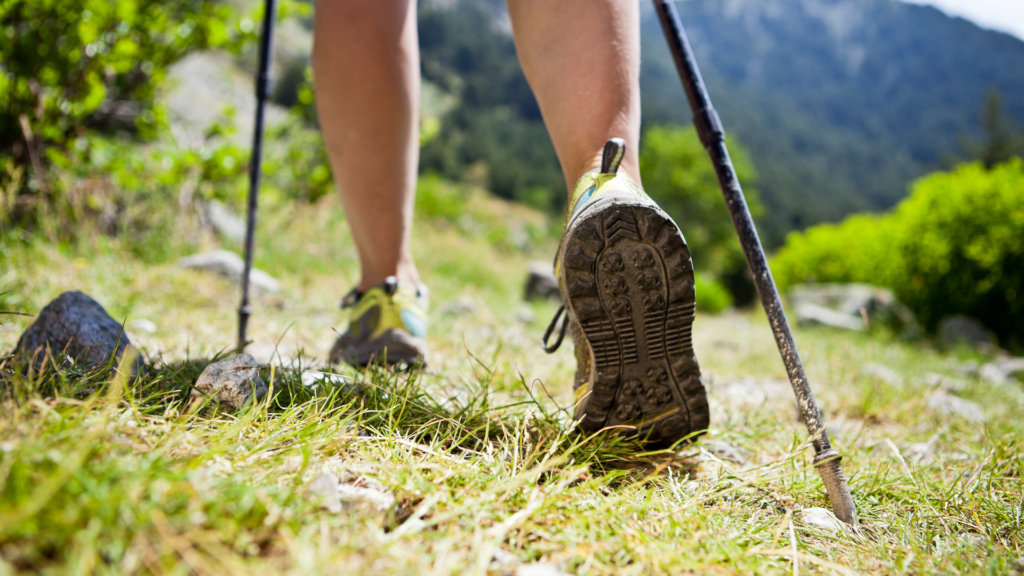Lateral wedge insoles not associated with improvement of knee pain in osteoarthritis
“These results suggest that compared with control interventions, lateral wedges are not efficacious for the treatment of knee pain in persons with medial knee osteoarthritis.”
 CHICAGO – Although a pooling of data from 12 studies showed a statistically significant association between use of lateral wedge insoles and lower pain in medial knee osteoarthritis, among trials comparing wedge insoles with neutral insoles, there was no significant or clinically important association between use of wedge insoles and reduction in knee pain, according to a study in the August 21, 2013 issue of JAMA.
CHICAGO – Although a pooling of data from 12 studies showed a statistically significant association between use of lateral wedge insoles and lower pain in medial knee osteoarthritis, among trials comparing wedge insoles with neutral insoles, there was no significant or clinically important association between use of wedge insoles and reduction in knee pain, according to a study in the August 21, 2013 issue of JAMA.
“Osteoarthritis of the knee is a common painful chronic disease whose prevalence is increasing and for which there are few efficacious treatment options. The increase in rates of knee replacement for osteoarthritis has made the identification of effective nonsurgical treatments a high priority. Medial osteoarthritis is one of the most common subtypes of knee osteoarthritis. One type of treatment for medial knee osteoarthritis involves reducing medial (inner) loading to ease the physical stress applied to that compartment of the joint. The wedge is placed under the sole of the foot and angulated so that it is thicker over the lateral than the medial edge, transferring loading during weight bearing from the medial to the lateral knee compartment,” according to background information in the study. However, studies examining knee pain following treatment have shown inconsistent findings.
Matthew J. Parkes, B.Sc., of the University of Manchester, England, and colleagues conducted a meta-analysis to assess the efficacy of lateral wedge treatments (shoes and insoles designed to reduce medial knee compartment loading) in reducing knee pain in patients with medial knee osteoarthritis. The authors conducted a search of the medical literature to identify randomized trials that compared shoe-based treatments (lateral heel wedge insoles or shoes with variable stiffness soles) aimed at reducing medial knee load, with a neutral or no wedge control condition. The wedge needed to be of 5° to 15° of angulation, which is a level shown in previous studies to reduce external knee adduction moment (torque). Studies must have included patient-reported pain as an outcome. Twelve trials met inclusion criteria with a total of 885 participants of whom 502 received lateral wedge treatment.
The researchers found, when considering all 12 trials, the overall effect estimate was a standard mean difference in pain between interventions that showed a moderately significant effect of a lateral wedge on pain reduction. However, the findings were highly heterogeneous across studies. Larger trials with a lower risk of bias suggested a null association.
When trials were grouped according to the control group treatment, the authors found that compared with neutral inserts, lateral wedges had no association with knee pain and heterogeneity was much lower across trial findings.
Source The JAMA Network – Journal of the American Medical Association
Lateral Wedge Insoles as a Conservative Treatment for Pain in Patients With Medial Knee Osteoarthritis, Matthew J. Parkes BSc, Nasimah Maricar MSc, Mark Lunt PhD, Michael P. LaValley PhD, Richard K. Jones PhD, Neil A. Segal MD, Kayoko Takahashi-Narita ScD, and David T. Felso MD, MPH. JAMA. 2013 Aug 21; 310(7): 722–730. doi 10.1001/jama.2013.243229
Also see
OA knee braces face off against wedged insoles in Lower Extremity Review
